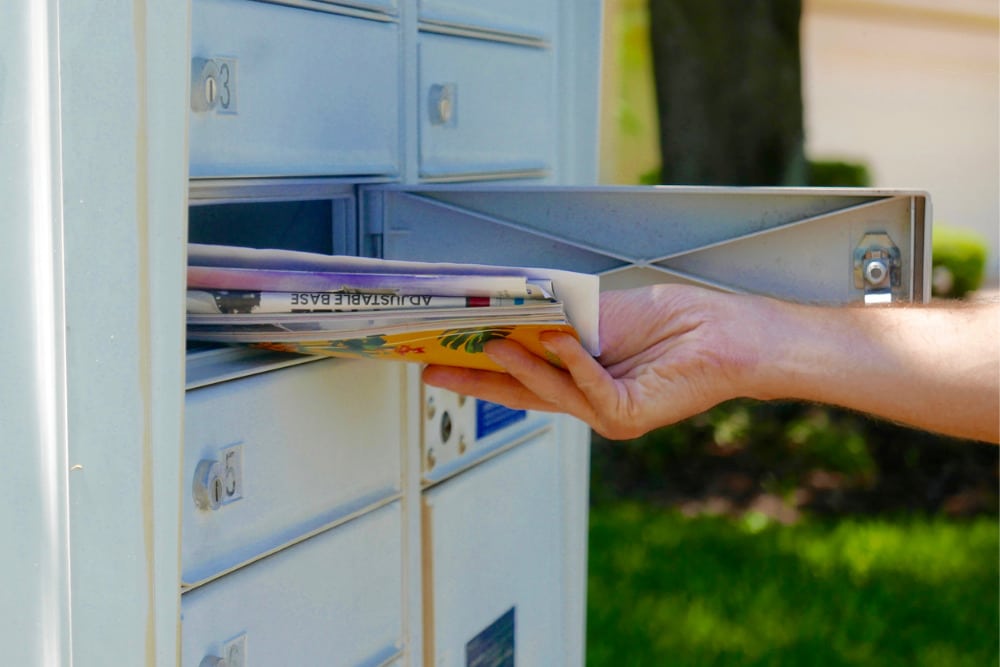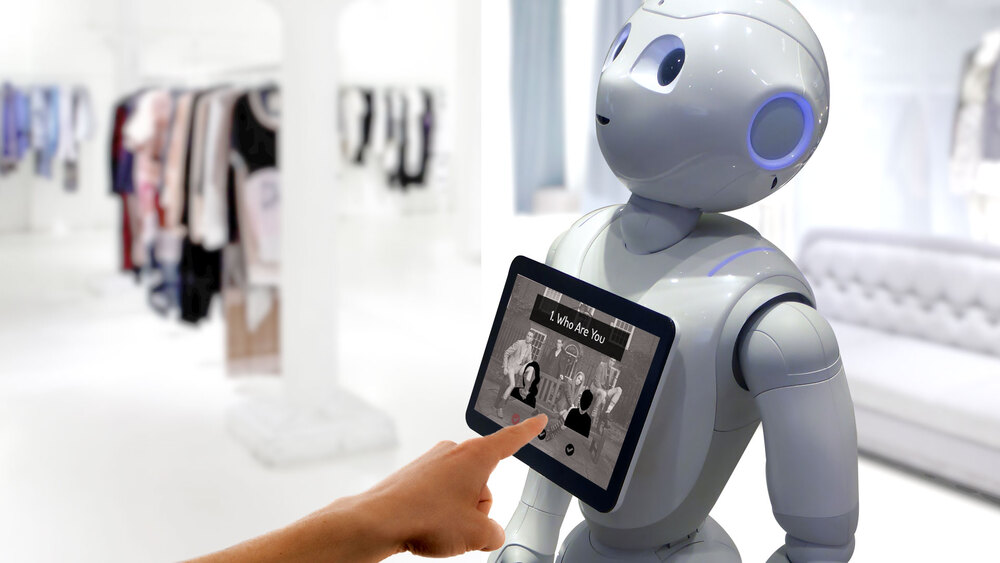Lately, we are seeing companies welcoming their employees back to the office. But we are also aware that not everyone will feel safe to do business as usual.
As an employer or manager, your job is to ensure that the office is a safe place to return to. Here are 11 tips on how you can do that:
-
Come up with a return-to-work plan
Before you start to welcome employees back to the workplace, you should create a return-to-work plan first.
Transitioning from remote to in-office work can feel drastic, so planning things out can help ease people into it. It can also help you figure out how you will make the office a healthier workplace again.
Plan out how you’re going to make the transition smoother by incorporating a return-to-work plan that’s flexible for your employees. Instead of asking your employees to come into the office immediately, why not ask them to do so in phases?
A return-to-work plan can help make things a lot easier, and it won’t make people feel awkward upon their first days or weeks back in the office.
-
Conduct health screenings
If you’re planning on getting everybody back in the office, you should ensure that everyone’s safe to return. Hence, you should conduct mandatory health screenings.
Although you can’t precisely get everyone tested all the time, it would help to have it occasionally. For the daily screenings, you can monitor symptoms and take your employees’ temperatures.
If you have some employees showing symptoms, then send them home for a few days. Being vigilant might feel like overkill, but it certainly doesn’t harm anyone.
So, make sure that you have a standard protocol to follow for these health screenings that everyone knows about.
-
Rework your office layout
When things aren’t as back to normal as before, you need to make specific accommodations to your office.
One of the ways that your office has to change is with its layout. You want to change your office layout so that people aren’t as clustered together as before.
If your office has limited space, that might mean that some people might have to stay at home to work.
However, if you can accommodate them, make sure that you incorporate some distance between each workspace. Don’t forget to include more partitions around the office, especially if you have an open layout office.
-
Prioritize office cleanliness & sanitation
A clean office environment is an even more vital part of ensuring that you provide an ideal workspace for your employees. You want to ensure that you remain on top of the overall office cleanliness and sanitation practices.
Whether you have a dedicated cleaning service provider or an in-house cleaning staff, make sure that you double down on sanitation. It’s also great that you communicate the changes you have made with the cleaning efforts applied to the office. Knowing that information can help make everyone feel at ease more.
-
Improve the ventilation in your office
Another way you can make people feel safer in the office is by ensuring that you have a plan for the ventilation in your office.
COVID-19 and even other viruses spread in confined settings with poor ventilation, after all. Therefore, if you have poor ventilation in your office, you should fix that before you get your employees working there.
Aside from ensuring that you have a clean HVAC system in the office, you might want to get a professional to inspect it. It would be best to replace your system’s filter before your employees return to the office.
-
Incorporate sanitation stations
A sanitation station is a dedicated area in the workplace where your employees can sanitize before coming in.
Having a visible and well-stocked sanitation station can help ease people’s minds. At the same time, everyone has the option to sanitize themselves at any time.
At Maid Sailors Office Cleaning Companies NYC, we advise our clients to set up sanitation stations. Doing so can help encourage everyone to be more sanitary with their workspaces in the office.
However, be sure to put up visible signs so people know where they are. Also, don’t forget to use touchless equipment, like a touchless thermometer, to ensure the station is as sanitized as possible.
-
Communicate with your employees
When preparing for your employees’ return, you should consult with them one by one to know how they feel about returning there. You can then set up a group meeting to discuss any issues, but it can sometimes be challenging to talk about health concerns in a group setting.
Asking your employees through individual calls can help you figure out whether someone is amenable to working back in the office or not. You can discuss their concerns about working back in the office and see whether you can compromise to help them feel safe.
-
Consider a hybrid work model
It would be best if you were more flexible with how you’re going to handle returning to the office. Instead of forcing everyone to come back to the office, consider developing a hybrid work model instead.
In this method, employees can stay in the office or work from home depending on their decisions. It makes the employee transition back smoother, and you help accommodate everyone’s work preferences better.
-
Review your sick leave policy
Now is the best time to review your sick leave policy. You want to be as generous as possible with your sick leaves to ensure that you don’t end up encouraging the spread of any virus in the office. With a generous sick leave, your employees who feel ill don’t feel forced to go to work despite being sick.
-
Provide mental health resources
It’s not only people’s physical health that you should concern yourself with when working back in the office. It has been stressful for everyone. So, make sure that you also confront the mental health challenges that might concern your employees.
Providing them with mental health resources can help make the transition easier and not stress your employees out.
-
Limit office visitors
When coming back to the office, make sure that you have a clear policy on visitors. Limit the number of office visitors as much as possible and communicate that as clearly as you can.
You can’t control how visitors keep themselves sanitized and healthy. So, people can feel less safe when you invite them into the office that you worked hard to keep sanitized. Thus, limiting office visitors is best for now.
Final Thoughts
Following the tips listed in the article can help your office be a healthier and more sanitized place to work in for employees. It can also help them feel at ease when transitioning from a work-from-home setup.
Don’t forget to prioritize health and wellness in these trying times. When you do that, it’s much easier to enact policies that everyone in the office can feel open to.






